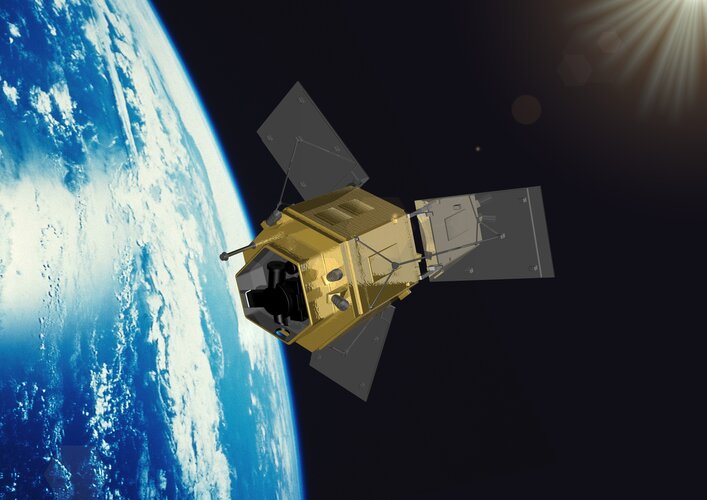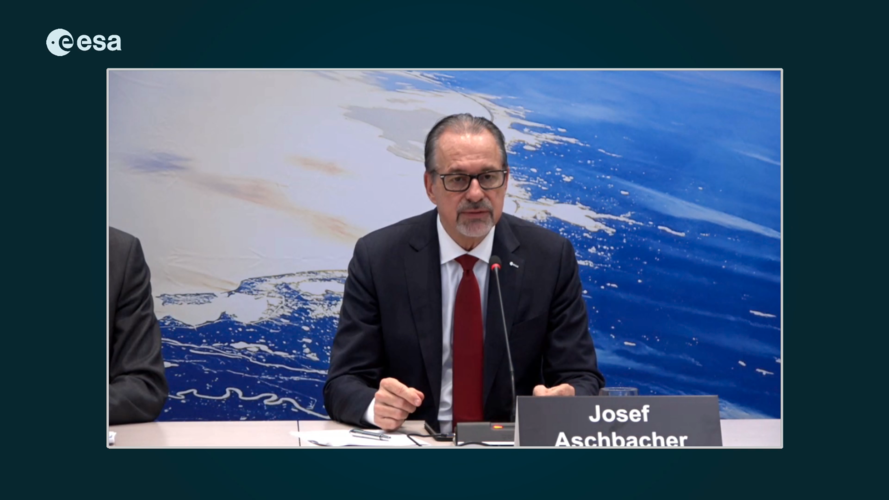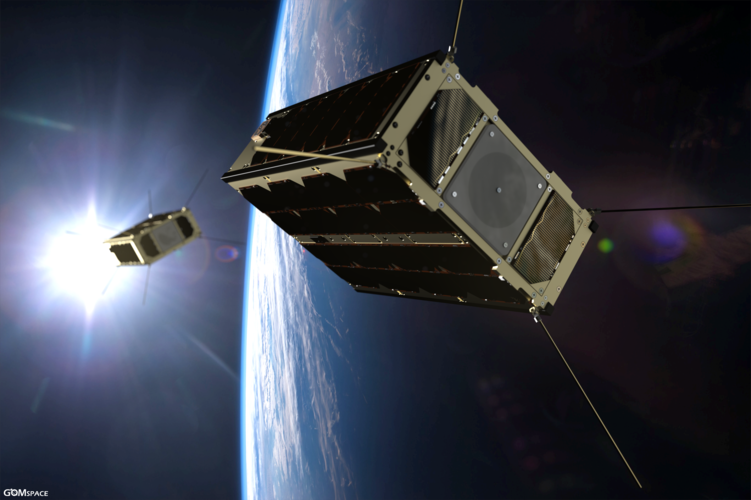ESA signs launch contract for climate mission FORUM with Avio
Wednesday, 18 December 2024 14:39
ESA has officially signed a launch service contract with Avio for the upcoming FORUM mission. Scheduled for launch in late 2027, FORUM—short for Far-infrared Outgoing Radiation Understanding and Monitoring—will lift off on a Vega-C rocket from Europe’s Spaceport in French Guiana.
The last meteor shower of the year peaks a few days before Christmas
Wednesday, 18 December 2024 14:14This request seems a bit unusual, so we need to confirm that you're human. Please press and hold the button until it turns completely green. Thank you for your cooperation!
Press and hold the button
If you believe this is an error, please contact our support team.
185.132.36.159 : ee9c1b39-05ad-4be9-9570-3fcb115f
330th ESA Council: Media information session
Wednesday, 18 December 2024 13:00 Video:
00:52:44
Video:
00:52:44
Watch the replay of the media information session in which ESA Director General Josef Aschbacher and ESA Council Chair Renato Krpoun (CH) update journalists on the key decisions taken at the ESA Council meeting, held at ESA Headquarters in Paris on 17 and 18 December 2024.
Navigating the legal landscape of space mining: interpreting international space law
Wednesday, 18 December 2024 13:00
SpaceX completes 3 rocket launches, 1 Dragon landing in 22 hours
Wednesday, 18 December 2024 12:19This request seems a bit unusual, so we need to confirm that you're human. Please press and hold the button until it turns completely green. Thank you for your cooperation!
Press and hold the button
If you believe this is an error, please contact our support team.
185.132.36.159 : 0ef66a57-9d4b-489a-a403-ab7668f3
A fall of CubeSats
Wednesday, 18 December 2024 09:40
Four pioneering ESA Technology CubeSats reentered Earth’s atmosphere over the last few months. Each was only about the size of a shoebox or smaller, but despite their diminutive dimensions the missions left an outsize legacy in terms of demonstrating innovative space technology, industrial capacity building and scientific data return.
Dreaming of a white Christmas – on Mars
Wednesday, 18 December 2024 09:00
Step into the holidays with this picturesque ‘winter wonderland’ scene at the south pole of Mars, captured by ESA’s Mars Express.
Raytheon tests Ursa Major’s rocket motor in U.S. Army missile flight
Wednesday, 18 December 2024 08:00

NASA again delays return of astronauts stranded on space station
Wednesday, 18 December 2024 04:50 Two US astronauts stranded for months on the International Space Station will remain there at least until late March, NASA said Tuesday as it announced another delay in the mission to bring them home.
Veteran astronauts Butch Wilmore and Suni Williams arrived at the ISS in June aboard Boeing's Starliner spacecraft, and were due to spend eight days on the orbiting laboratory.
But problems
Two US astronauts stranded for months on the International Space Station will remain there at least until late March, NASA said Tuesday as it announced another delay in the mission to bring them home.
Veteran astronauts Butch Wilmore and Suni Williams arrived at the ISS in June aboard Boeing's Starliner spacecraft, and were due to spend eight days on the orbiting laboratory.
But problems Trump-Musk alliance should boost 'space economy'
Wednesday, 18 December 2024 04:50 Next year could be a transformative one for U.S. space exploration, as the election of Donald Trump to the presidency and his close relationship with SpaceX founder and CEO Elon Musk promises to change the space paradigm.
The billionaire's influence over space policy, already strong under outgoing President Joe Biden, will most likely deepen in what many analysts believe will be a year of
Next year could be a transformative one for U.S. space exploration, as the election of Donald Trump to the presidency and his close relationship with SpaceX founder and CEO Elon Musk promises to change the space paradigm.
The billionaire's influence over space policy, already strong under outgoing President Joe Biden, will most likely deepen in what many analysts believe will be a year of FAA issues License Authorization for SpaceX Starship Flight 7
Wednesday, 18 December 2024 04:50 The Federal Aviation Administration (FAA) has issued a license modification permitting SpaceX to conduct multiple missions of its Starship/Super Heavy vehicle under the Flight 7 mission profile. The FAA confirmed that SpaceX met all safety, environmental, and licensing requirements necessary for this upcoming suborbital test flight.
"The FAA continues to increase efficiencies in our licens
The Federal Aviation Administration (FAA) has issued a license modification permitting SpaceX to conduct multiple missions of its Starship/Super Heavy vehicle under the Flight 7 mission profile. The FAA confirmed that SpaceX met all safety, environmental, and licensing requirements necessary for this upcoming suborbital test flight.
"The FAA continues to increase efficiencies in our licens 








